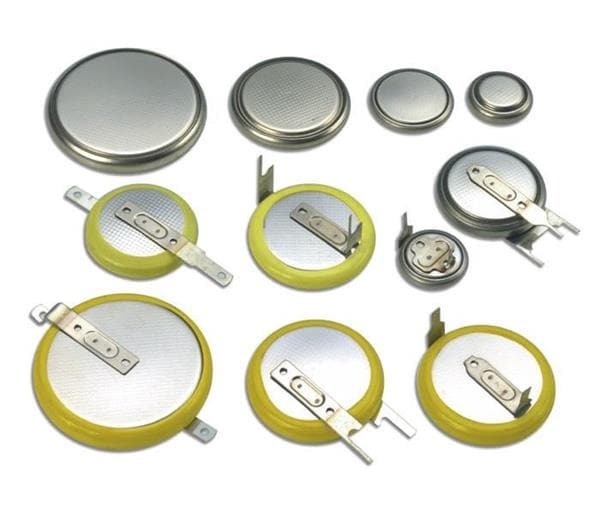| Manufacturer | Panasonic |
| Series | ML |
| Battery Size | ML1220 |
| Battery Chemistry | Lithium Manganese Dioxide (LiMnO2) |
| Output Voltage | 3 V |
| Capacity | 17 mAh |
| Rechargeable/Non-Rechargeable | Rechargeable |
| Termination Style | Screw |
| Width | 12.5 mm |
| Height | 2 mm |
| Minimum Operating Temperature | – 20 C |
| Maximum Operating Temperature | + 60 C |
| Packaging | Tray |
| Brand | Panasonic Battery |
| Product Type | Coin Cell Battery |
| Standard Pack Qty | 1500 |
| Subcategory | Battery |
Detailed Description:
Read-Intensive SAS SSD for Scalable Enterprise Storage Arrays
The DELL KXDCD is a 3.84TB enterprise-class solid-state drive with a 2.5-inch form factor and 12Gbps SAS interface, optimized for read-intensive workloads. Designed for compatibility with Dell EMC ME4 and ME5 storage arrays, this SSD is intended for high-throughput, low-latency access in environments with predictable read patterns and moderate write demands.
Architecture Characteristics and Workload Suitability
Built with read-intensive NAND flash technology, the DELL K)(DCD provides high sequential and random read performance while maintaining efficient power consumption and thermal characteristics. This configuration is appropriate for use cases such as virtual desktop infrastructure (VDI) image repositories, media content delivery’ platforms, and analytics data lakes where data is written infrequently and accessed often.
Platform Compatibility and 1/0 Considerations
With a dual-port 12Gbps SAS interface, the drive supports multipath 1/0 and high-availability configurations. It is validated for deployment in Dell EMC ME4 and ME5 Series arrays, ensuring consistent performance and full integration with controller-level storage features. The 2.5′ hot-swap form factor allows for efficient density in rack-mounted enclosures while supporting
dynamic replacement in live systems.
Deployment Advantages and Use Case Scenarios
This drive is typically deployed as part of a hybrid or all-flash SAN architecture, where large-capacity read-focused tiers are needed. In virtualized storage pools or archival access nodes, it helps accelerate query responses and backup restores without exceeding endurance thresholds. Its stable performance under low queue depths is well-suited for multi-tenant environments with steady but non-intensive 1/0 activity.
Comparison with Similar Drive Classes
Compared to mixed-use or write-intensive SSDs, the KXDCD offers greater cost-efficiency for read-optimized environments while maintaining enterprise-grade reliability. When contrasted with SATA SSDs, its SAS interface provides higher IOPS ceiling, better redundancy support, and improved queue handling under simultaneous requests.



Reviews
There are no reviews yet.